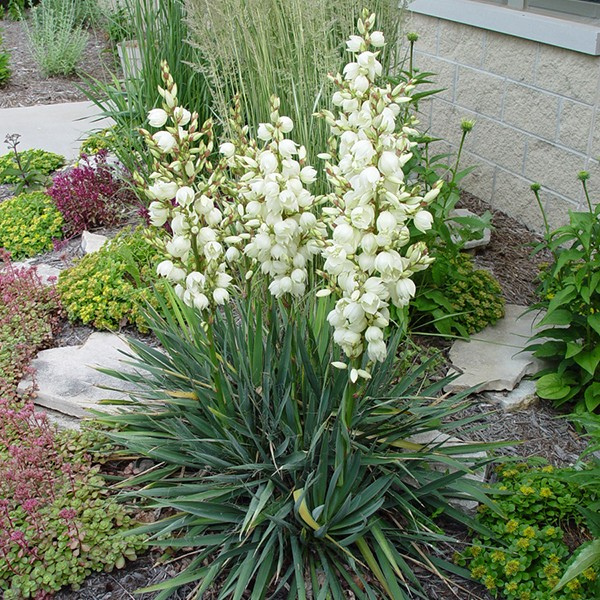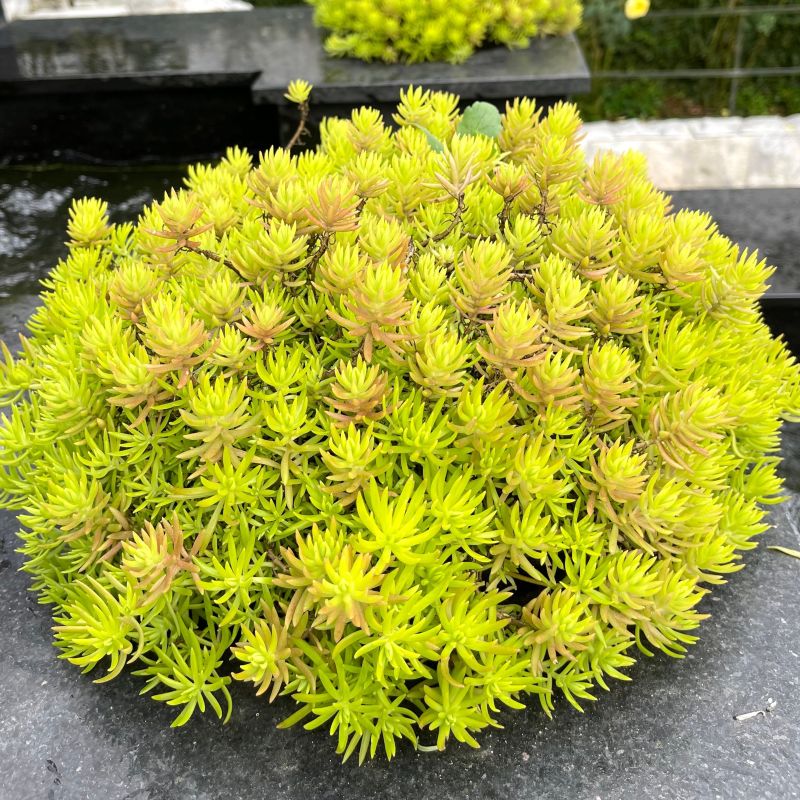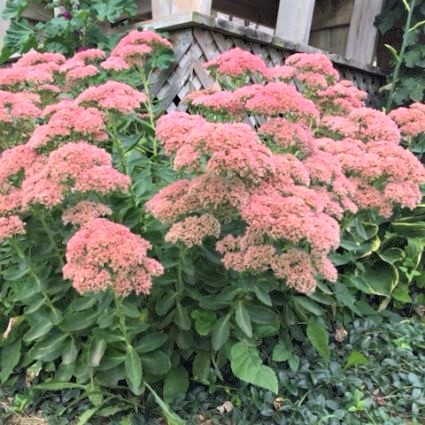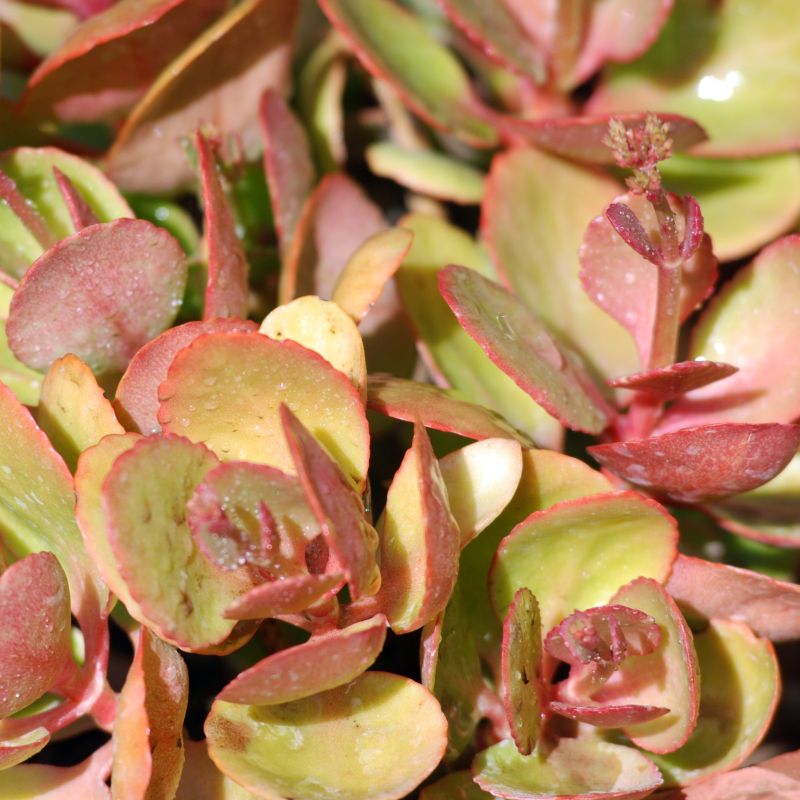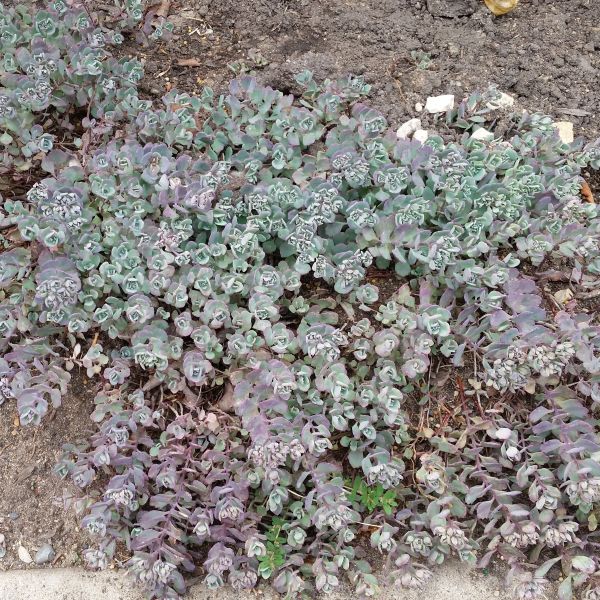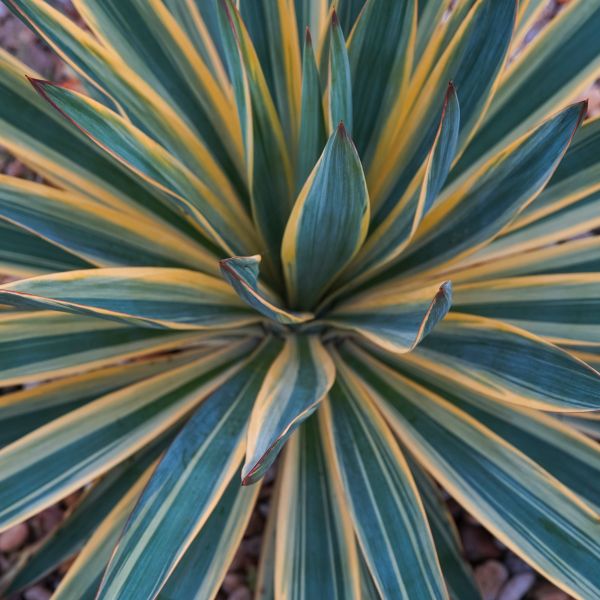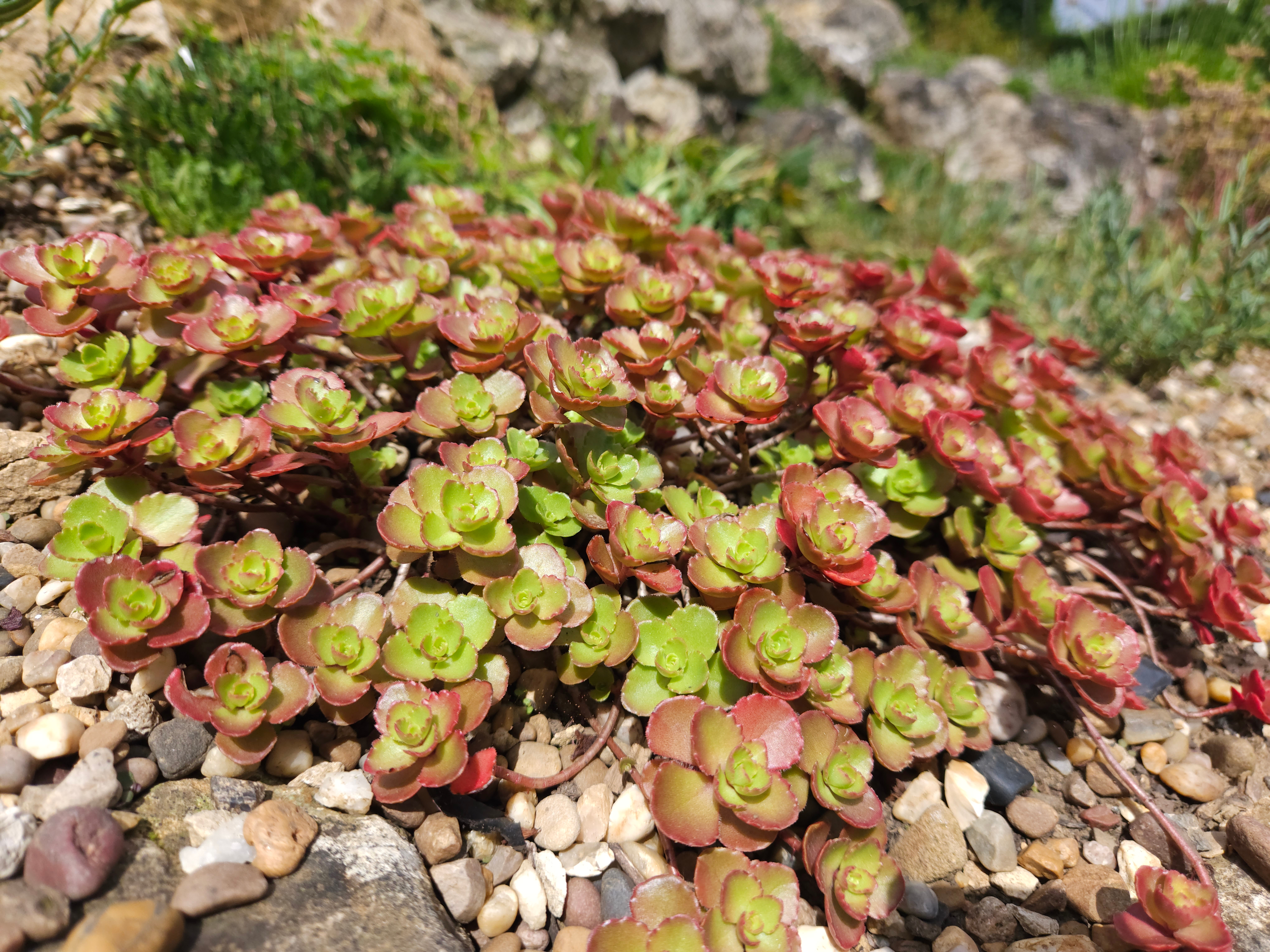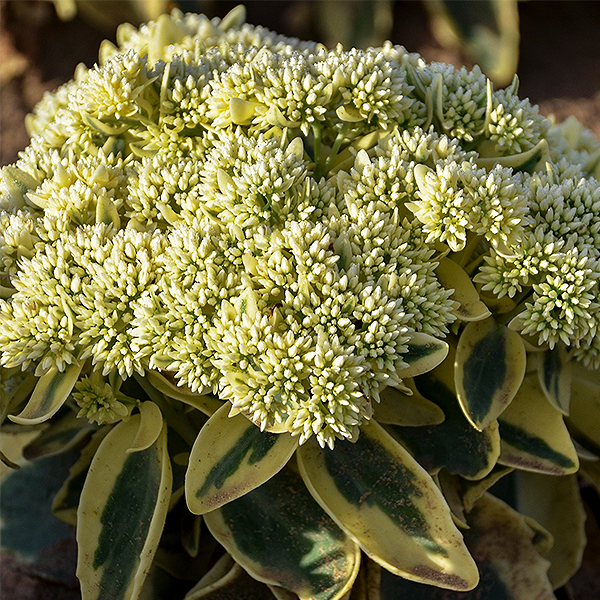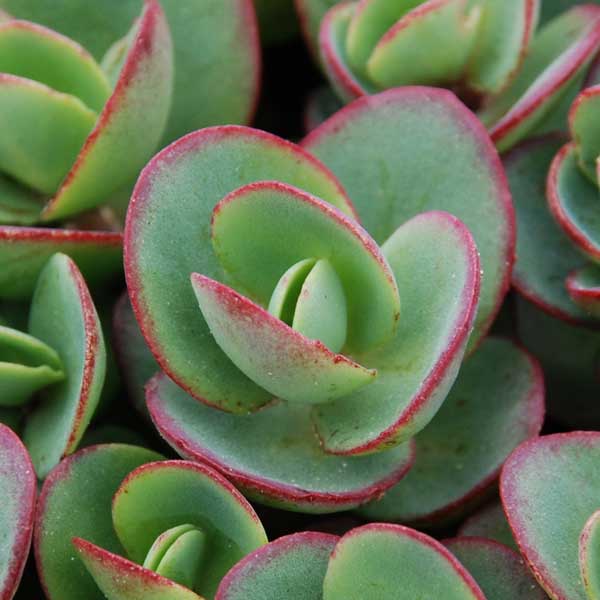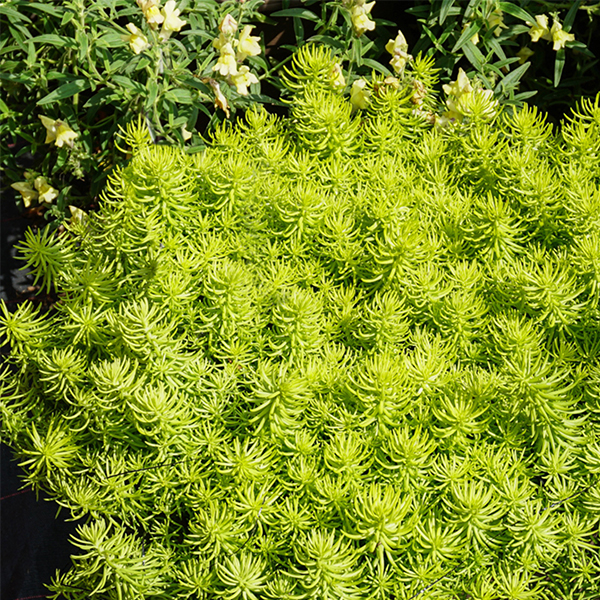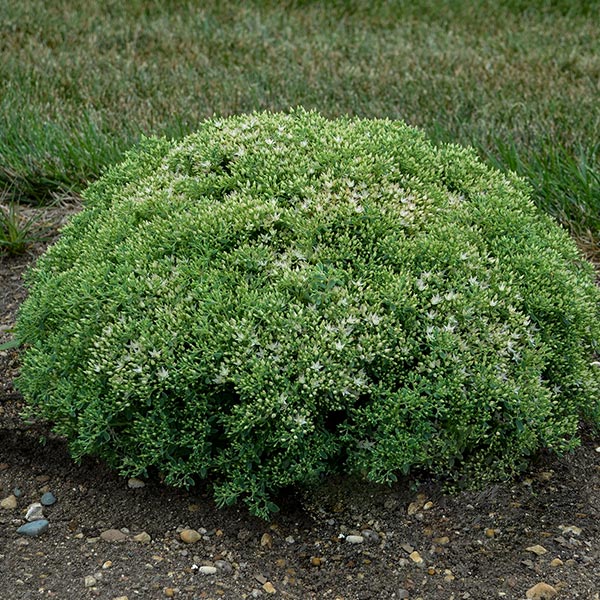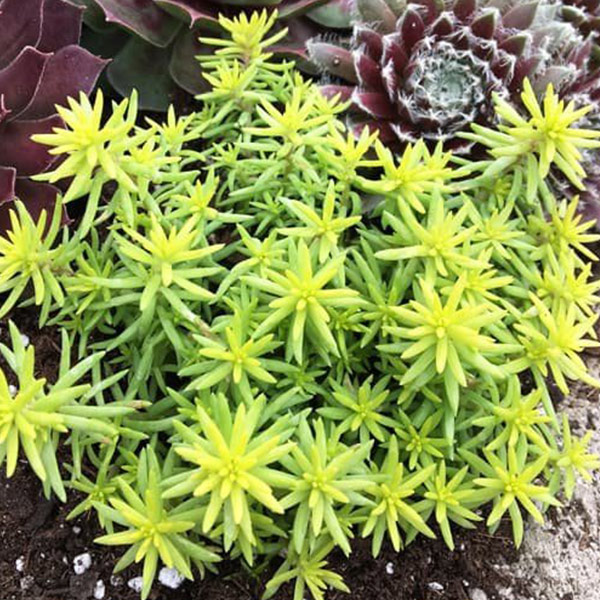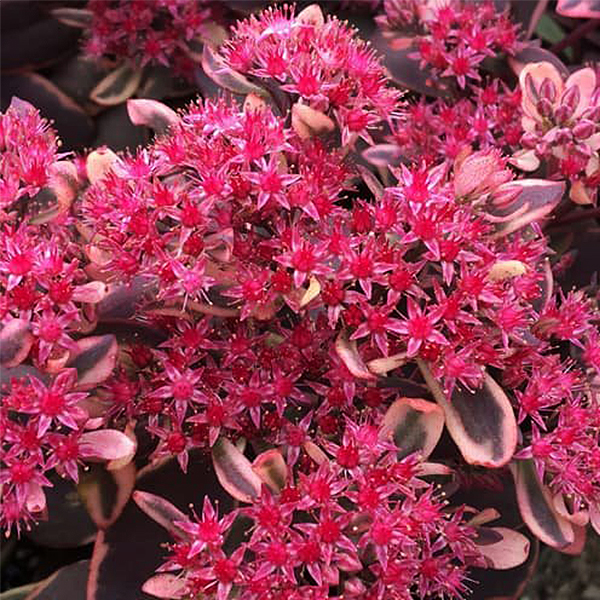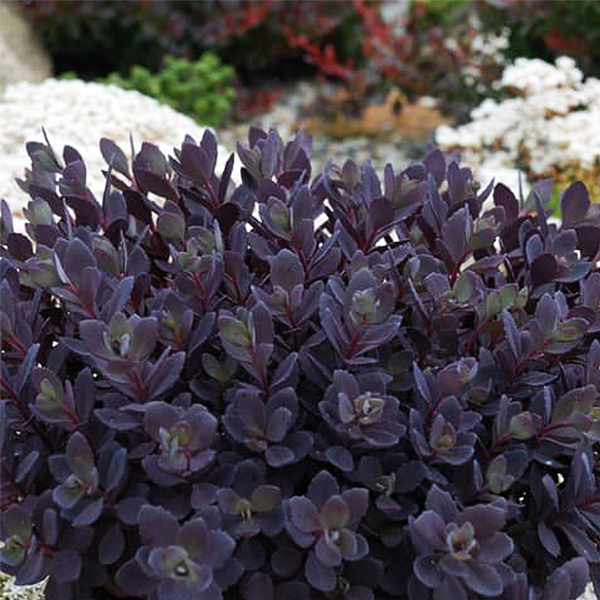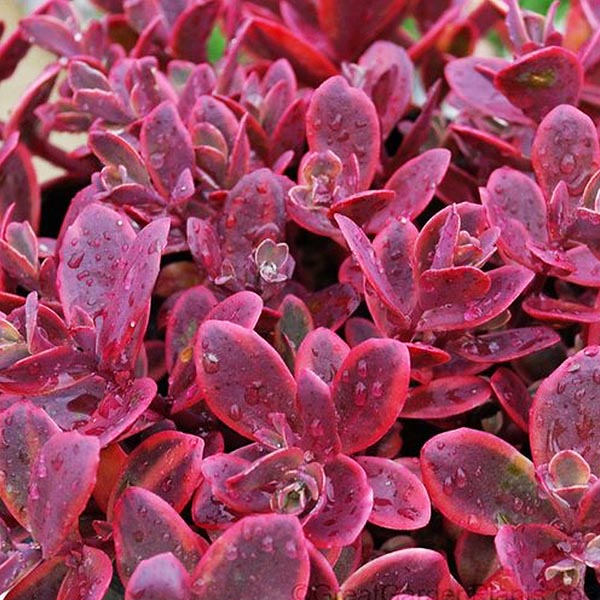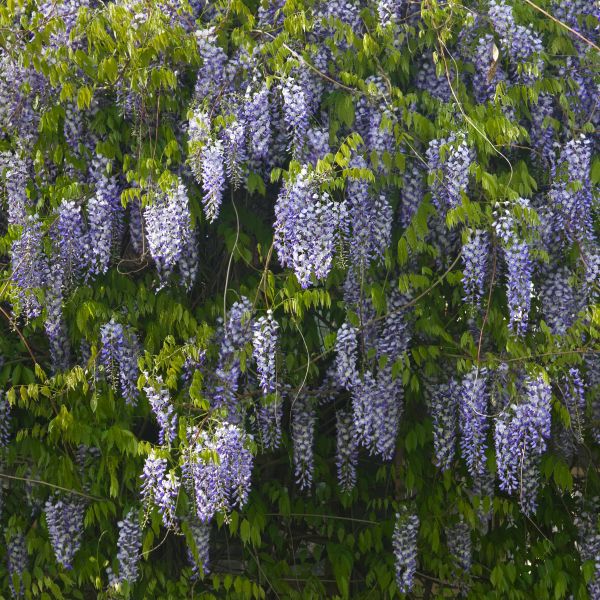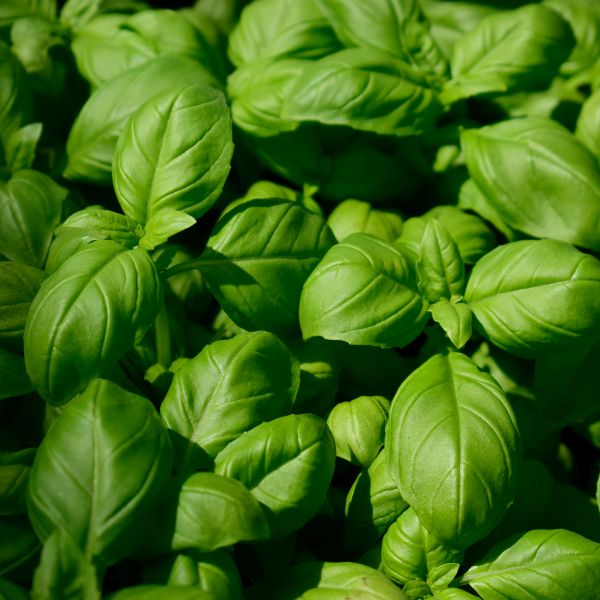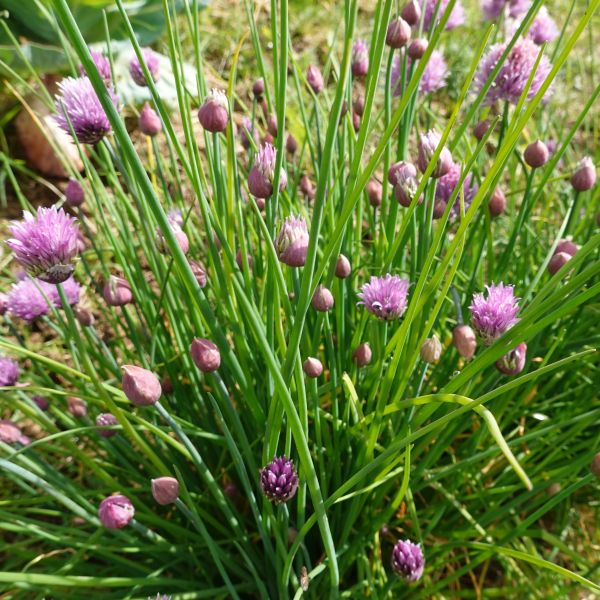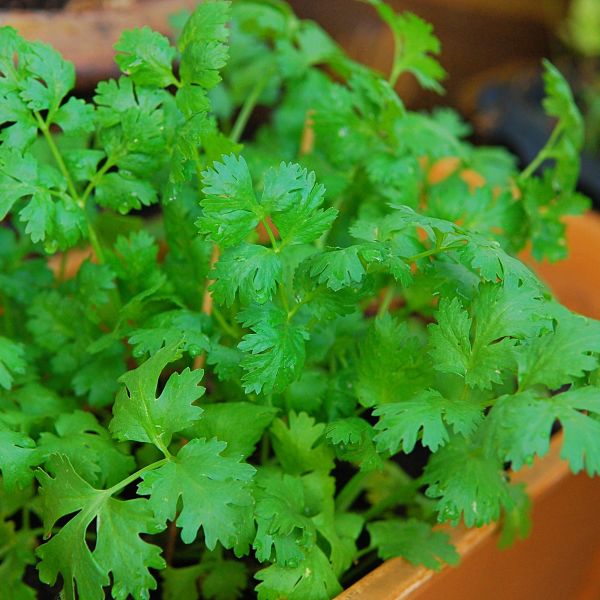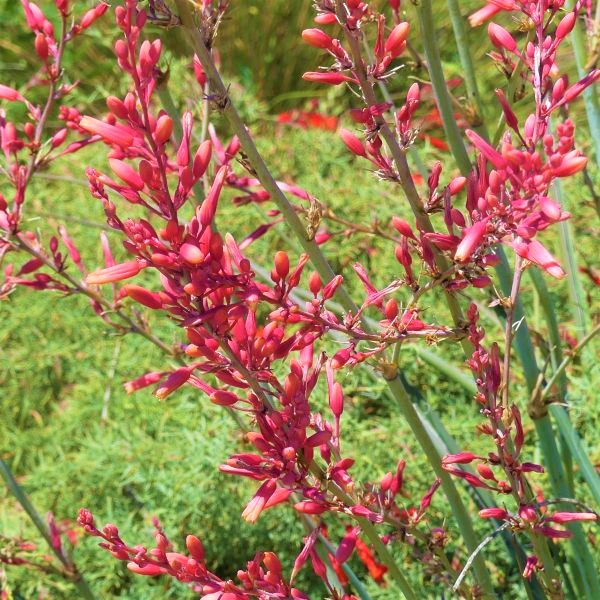

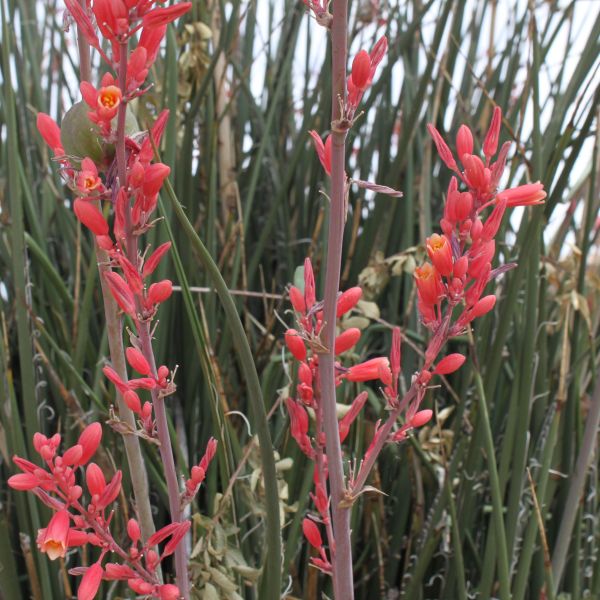
Red Yucca
Hesperaloe parviflora
20 reviews
Red Yucca
Hesperaloe parviflora
20 reviews
- Drought tolerant once established
- Attracts hummingbirds and butterflies
- Low maintenance and deer resistant
- Recommended by landscape designers for optimal fit in real yards
$49.00
$70.00
30% Off
- Ships to 43215 in 3 to 7 days
- Free Shipping Over $150
- Plant Arrival Guarantee
- In Stock
- Free Plant Consult
$200 - Landscape-Approved: Every Plant We Sell Comes With Design Expertise Behind It
1 Gallon
Not just beautiful - intentionally selected by ShrubHub's 3D landscape design team to fit real-world spaces and maximize yard potential.
Why Red Yucca?
Red Yucca, also known as Hesperaloe parviflora, is a drought-tolerant and low-maintenance plant native to southwestern Texas and northeastern Mexico. Despite its name, it is not actually a yucca, but rather a member of the Agave family. It produces tall spikes of pinkish-red flowers above grass-like foliage, blooming from early summer through fall. It is a great choice for a xeriscape garden, attracting hummingbirds and other pollinators.
People who loved this plant also bought
Sunlight
Red Yucca requires full sun exposure to thrive and produce vibrant flowers. It should be planted in an area that receives at least 6 hours of direct sunlight per day.
Watering
Red Yucca, also known as Hesperaloe parviflora, is a drought-tolerant plant and requires minimal watering. It can withstand extended periods of dryness and prefers well-drained soil. Overwatering can lead to root rot, so it's important to let the soil dry
Fertilizing
Red Yucca requires a well-draining soil and does not have specific fertilizer requirements. However, applying a balanced slow-release fertilizer in spring or early summer can help promote healthy growth and flowering.
The Red Yucca is a striking and resilient plant that will elevate the beauty of your landscape with its unique charm. Thriving in USDA hardiness zones 5 to 10, this yucca variety is adaptable to a wide range of climates, making it a perfect choice for both hot and cold regions. With its tall, slender stalks and vibrant red flowers that bloom throughout the summer, the Red Yucca brings a touch of desert elegance to any garden. Whether used as a focal point, in a xeriscape or as a border plant, this yucca adds a dramatic and exotic element to your outdoor space.
It thrives in well-draining soil, including sandy and gravelly soil types, and requires minimal maintenance once established. The Red Yucca's long, arching leaves are evergreen, providing year-round visual interest and structure to your landscape. Additionally, this plant is known for its ability to attract hummingbirds, butterflies, and other pollinators, adding life and movement to your garden. With its hardiness, captivating aesthetics, and effortless care, the Red Yucca is a truly exceptional choice for any gardener looking for a unique and resilient plant.
The Red Yucca boasts several unique qualities that set it apart from other plants. Despite its name, the Red Yucca is not a true yucca, but rather a member of the Agave family. This distinction gives it a distinctive appeal and adds to its intrigue.
This plant is highly drought tolerant, making it an excellent choice for water-wise gardens and low-maintenance landscapes. The Red Yucca is also deer resistant, making it a valuable asset in areas frequented by wildlife. Another interesting feature of the Red Yucca is its long-lasting blooms. Each flower stem can produce multiple coral-colored tubular flowers that persist for several weeks, adding a splash of vibrant color to your garden. Whether you have a desert-themed garden, a modern landscape, or simply want to add a touch of exotic beauty, the Red Yucca is the perfect choice to make a bold statement and transform your outdoor space into a captivating oasis.
Plant Information:
| Botanical Name: | Hesperaloe parviflora |
| USDA Zones: | 5 - 11 |
| Water: | Low |
| Exposure: | Full Sun |
| Soil Needs: | Well Drained |
| Mature Height: | 3 - 5 feet |
| Mature Spread: | 4 - 6 feet |







Pollination Info
Pollination Info for Red Yucca (Hesperaloe parviflora)
Red Yucca (Hesperaloe parviflora) is a perennial plant that is native to the southwestern United States and northern Mexico. It is a member of the Agavaceae family and is often grown for its attractive foliage and showy flowers.
The flowers of Red Yucca are tubular and typically measure between 1-2 inches in length. They are typically a bright red color, although some cultivars may have pink or yellow flowers.
Red Yucca is pollinated by hummingbirds and bees. The tubular shape of the flowers is well-suited to the long beaks of hummingbirds, which are able to reach the nectar deep within the flowers. Bees are also able to access the nectar by crawling into the tubular flowers.
Red Yucca typically blooms from late spring through late summer, producing a steady supply of flowers that are highly attractive to hummingbirds and bees. If you are looking to attract pollinators to your garden, Red Yucca is an excellent choice!
FAQ
Red Yucca (Hesperaloe parviflora) FAQ
What is Red Yucca?
Red Yucca (Hesperaloe parviflora) is a perennial succulent plant native to the Chihuahuan desert region of Texas, New Mexico, and northern Mexico. It is also commonly known as Coral Yucca or False Yucca.
What does Red Yucca look like?
Red Yucca has long, narrow, spiky leaves that grow up to three feet tall. The leaves are blue-green in color and have a sharp, pointed tip. The plant produces tall, branching flower stalks that can grow up to six feet tall. The flowers are tubular and resemble those of an aloe plant, with pink or red petals and yellow stamens.
Is Red Yucca easy to grow and maintain?
Red Yucca is generally considered an easy plant to grow and maintain. It prefers full sun to partial shade and well-draining soil. It is drought-tolerant and can handle extended periods of heat and dryness. Red Yucca is generally pest and disease-resistant, making it a popular choice for low-maintenance gardens and landscapes.
How do I propagate Red Yucca?
Red Yucca can be propagated through seed germination or by division of established plants. Seeds can be collected from the plant's flower stalks in late summer or early fall. They can be sown in well-draining soil and kept moist until they germinate. Propagation by division should be done in the spring or fall and involves separating the offsets or "pups" from the mother plant.
What are some common uses for Red Yucca?
Red Yucca is often used in xeriscaping, rock gardens, and dry landscapes. It is also commonly used as a border plant, as a backdrop for other perennials, or as a focal point in a mixed bed. Red Yucca can be grown in containers on patios or decks.
Are there any special care instructions I should follow for Red Yucca?
Red Yucca does not require much special care, but there are some things to keep in mind. In areas with severe winters, it is important to protect the plant from prolonged exposure to cold temperatures and moisture. Mulching around the base of the plant can help insulate the roots. Mature plants will benefit from occasional removal of dead leaves and spent flower stalks.
Is Red Yucca poisonous?
No, Red Yucca is not poisonous to humans or animals, although the plant's sharp leaves can cause injury if handled without care.
Planting & Care
Planting Red Yucca (Hesperaloe parviflora)
- Choose a location with well-draining soil and full sun to partial shade.
- Dig a hole that is twice as wide and deep as the root ball.
- Remove the plant from its container and loosen the roots if they are tangled.
- Place the plant in the hole and backfill with soil, tamping it down gently.
- Water the plant deeply.
- Apply a layer of mulch around the plant, but avoid covering the stem.
Caring for Red Yucca
- Water the plant deeply once a week during the growing season, and less frequently during the winter months.
- Fertilize the plant in the spring with a balanced fertilizer.
- Remove any dead or yellow leaves as needed.
- Prune the flower stalks after they have finished blooming.
- Divide the plant every few years to promote healthy growth.
- Protect the plant from extreme cold by covering it with a frost blanket or moving it indoors if possible.
Check Out These Verified Customer Reviews:
Customer Reviews
4.8 out of 5 based on 20 reviews
Thank you! Your review has been submitted.
Healthy and strong yucca plant
The Red Yucca plant arrived quickly and well-packaged. Very pleased with the overall condition.
High-quality Red Yucca plant that was well-packaged for shipment. Thriving in my garden!
Item has been added to your cart.



